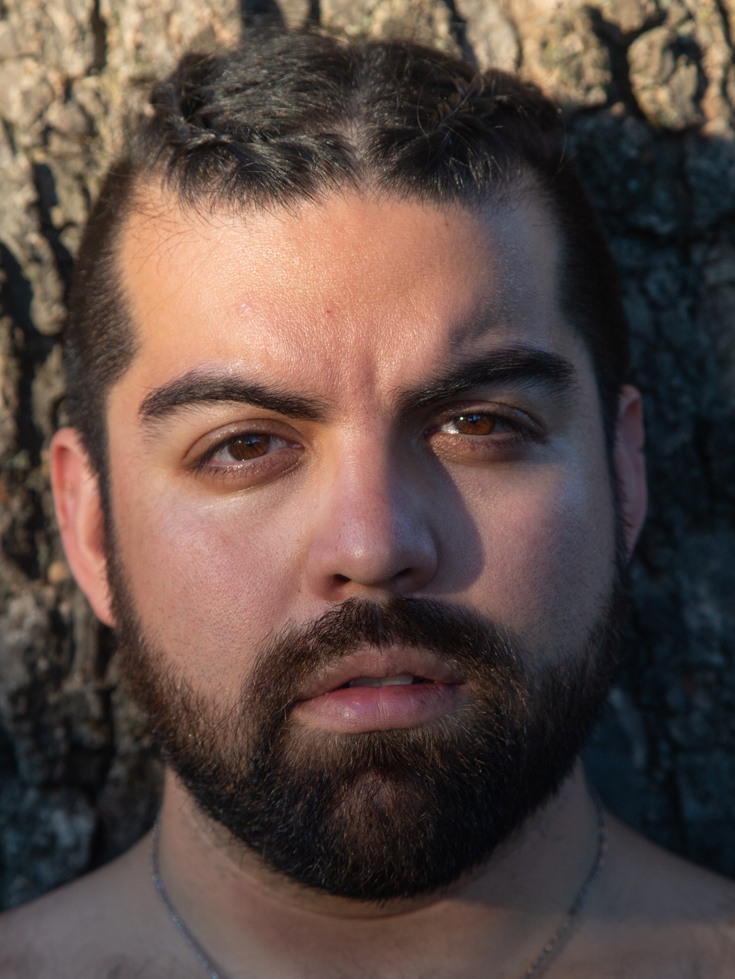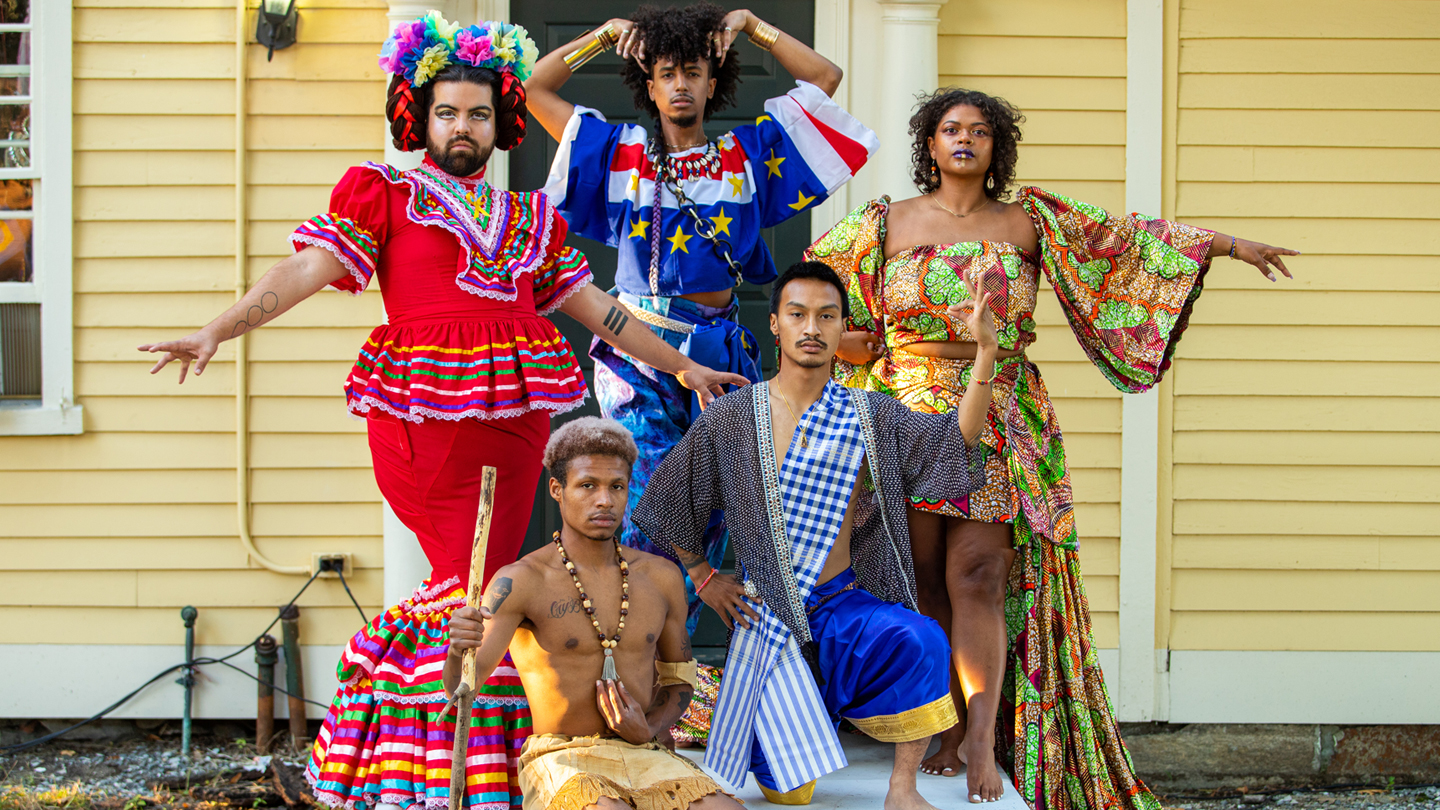The legacy of Esek Hopkins is complicated, to say the least. He’s widely known for leading the Continental Navy’s fleet during the Revolutionary War, but was later terminated and censured by Congress. He was also the captain of the slavery ship Sally, hired by the Brown brothers.
In recent years, an unexpected group has taken up the work of reshaping the narrative around this legacy.
Enter The Haus of Glitter—a queer- and BIPOC-friendly dance company. Since December 2019, the Providence-based group has been living in the former home of Hopkins as part of a two-year artist residency with the City of Providence. The culmination of this residency is an activist dance opera titled “The Historical Fantasy of Esek Hopkins.” With a site-specific workshop performance staged at the Hopkins residence in fall 2020 and 2021, the performance tells the story of the kidnapped African woman who hanged herself onboard the Sally.
“Our work is to honor this woman and recognize the legacy she left behind by positioning Esek’s legacy as a fantasy and bringing together the missing pieces of her legacy,” says Matt Garza ’11, creative director of the project. “Our historical fantasy represents a more empowering perspective on the story by filling in the nameless Black and brown bodies who were kidnapped, tortured, and brought across the Atlantic Ocean.”

